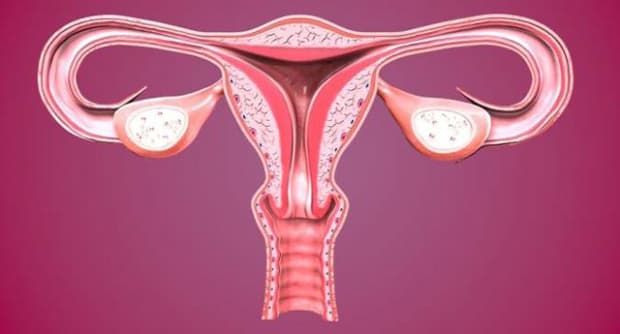
Precancerous lesions are not visible to the naked eye during a gynecological examination. They are detected during an examination with magnifying instruments, like the colposcope and microscope. This is why you must have regular Pap tests and/or HPV tests.
The doctor collects cells from the surface of the cervix, which are then examined under the microscope (Pap test). Approximately 2-5% of women have a Pap test with cell changes due to HPV at any one screening.
If abnormal cells are discovered, you must then have a colposcopy.
During a colposcopy, the surface of the uterine cervix is examined in detail with the help of a colposcope (an instrument with magnifying lens, like the microscope), suspicious areas are identified, and biopsies are taken (small tissue samples).
These biopsies are then examined under a microscope (histological examination). During histological examination, both the morphology of the cells and the structure of the epithelium of the excised tissue are examined.
The HPV test (carried out like the Pap-test) seeks to identify any oncogenic types of HPV. If the result is positive, the same process that was described above (after an abnormal Pap test) is followed in most cases (colposcopy, biopsies).
The final diagnosis is made after studying the results of all these tests (gynecological examination, Pap test, HPV test, colposcopy, and biopsy). There are cases where, in order to exclude invasive
cancer, further testing is required by curettage of the endocervical canal, or by removal of part of the cervix (cone biopsy). The procedure will be decided by your doctor based on the particularity of your case.





